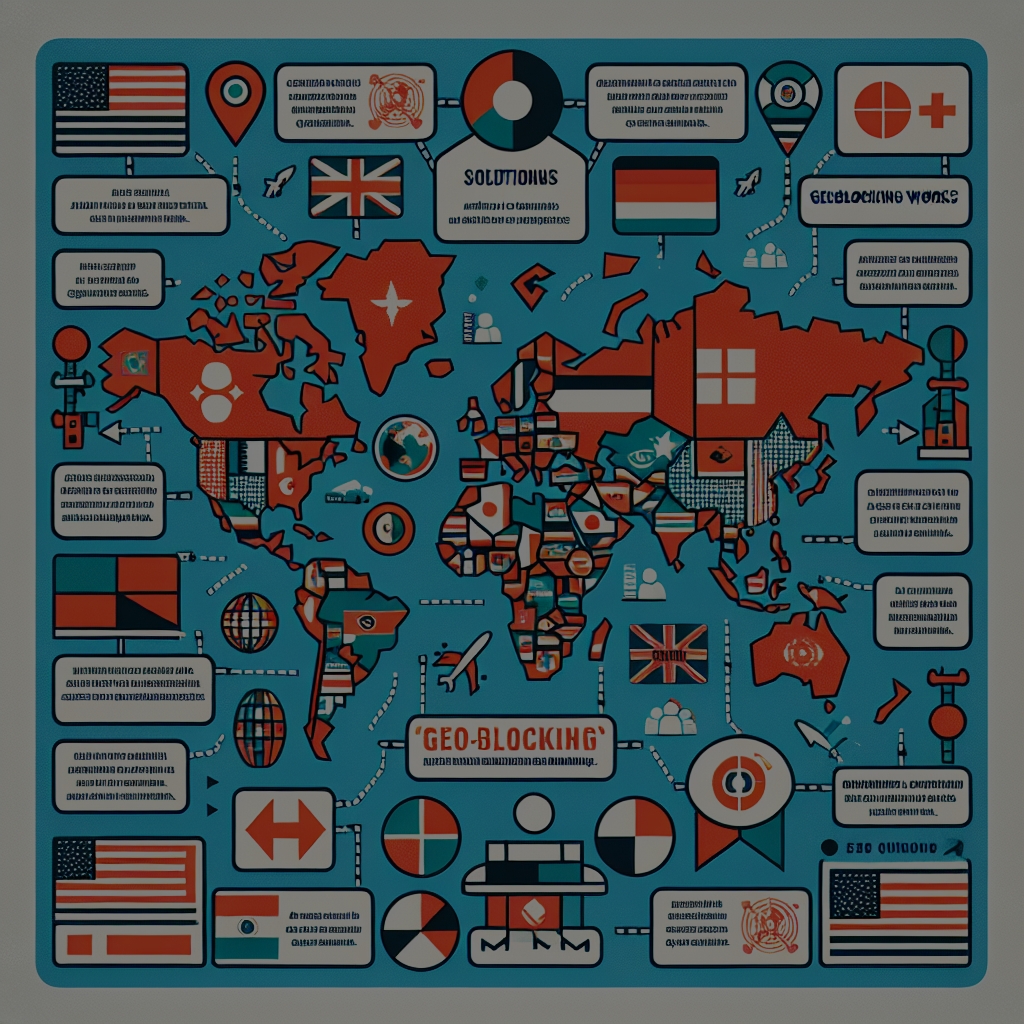In today’s digital age, the ability to access content from around the globe has never been easier. However, many users find themselves facing roadblocks in the form of geo-blocking, a practice that restricts access to online resources based on geographical locations. Understanding the mechanisms behind geo-blocking and its implications can help users navigate the complexities of digital content availability. This article delves into the fundamentals of geo-blocking and examines why access to certain channels is often limited.
The Fundamentals of Geo-Blocking: Mechanisms and Impact
Geo-blocking operates on a simple premise: content providers restrict access to their services based on the geographical location of the user attempting to connect. This is generally achieved through the use of IP addresses, which can reveal the user’s location. When a user tries to access a website or streaming service, their IP address is checked against a database to determine whether they are allowed entry based on predetermined criteria. If their location falls outside the allowed regions, they may receive a message indicating that the content is not available in their area.
The impact of geo-blocking extends beyond mere inconvenience. For businesses, it is a tool used to comply with licensing agreements, regulatory requirements, and copyright laws. For instance, a streaming service may have the rights to broadcast a show in one country, but not in another; thus, geo-blocking helps the service avoid legal repercussions. However, this practice can create a fragmented viewing experience for users, who may find that content they are eager to access is simply out of reach due to their geographic status.
Additionally, geo-blocking has broader implications for the global digital economy. By restricting access to content, it can stifle competition and innovation, leading to a less dynamic market. Consumers may feel frustrated as they see the same streaming service or website offering different content in various regions. This inconsistency can result in decreased overall satisfaction, prompting users to seek alternative methods, such as VPNs, to circumvent these restrictions, which can further complicate the landscape of content consumption.
Examining the Reasons Behind Limited Access to Channels
One of the primary reasons behind limited access to channels is the existence of complex licensing agreements between content creators and distributors. These agreements are often tailored to specific geographic areas, ensuring that rights holders can maximize their revenue and control how their content is distributed. For example, a film studio may license a movie to a streaming service in North America but sell the rights to a different platform in Europe. This segmented approach allows for localized pricing strategies but can lead to frustration when consumers wish to enjoy a title that is not available in their region.
Another contributing factor is government regulations that govern broadcasting and media consumption. In some countries, local governments impose strict rules regarding the distribution of foreign content to protect domestic industries or cultural heritage. As a result, international channels may be inaccessible to viewers in those regions. These regulations can vary significantly from one jurisdiction to another, creating a patchwork of content availability that users must navigate. The enforcement of these policies can lead to geopolitical tensions and debates about cultural imperialism, raising questions about the right to access global information.
Lastly, market segmentation is a strategic decision made by many content providers aiming to optimize their business models. By limiting access to certain channels or content, companies can create a sense of scarcity, driving demand and encouraging users to subscribe to premium services or pay-per-view options. While this tactic may be effective in boosting short-term profits, it risks alienating users who seek a more unified and accessible viewing experience. Thus, the interplay of licensing, regulation, and market strategy serves as a backdrop for the ongoing challenges posed by geo-blocking.
In conclusion, geo-blocking reflects a complex intersection of legal, economic, and regulatory factors that shape the digital content landscape. While it serves legitimate purposes in protecting copyright and ensuring compliance with various laws, it also opens up debates about access, equality, and user experience. As consumers continue to seek greater access to content across borders, the conversation around geo-blocking will likely evolve, prompting stakeholders to reconsider how digital content is governed in an increasingly interconnected world. Understanding these dynamics is essential for navigating the challenges and opportunities presented by geo-blocking in today’s global digital environment.




